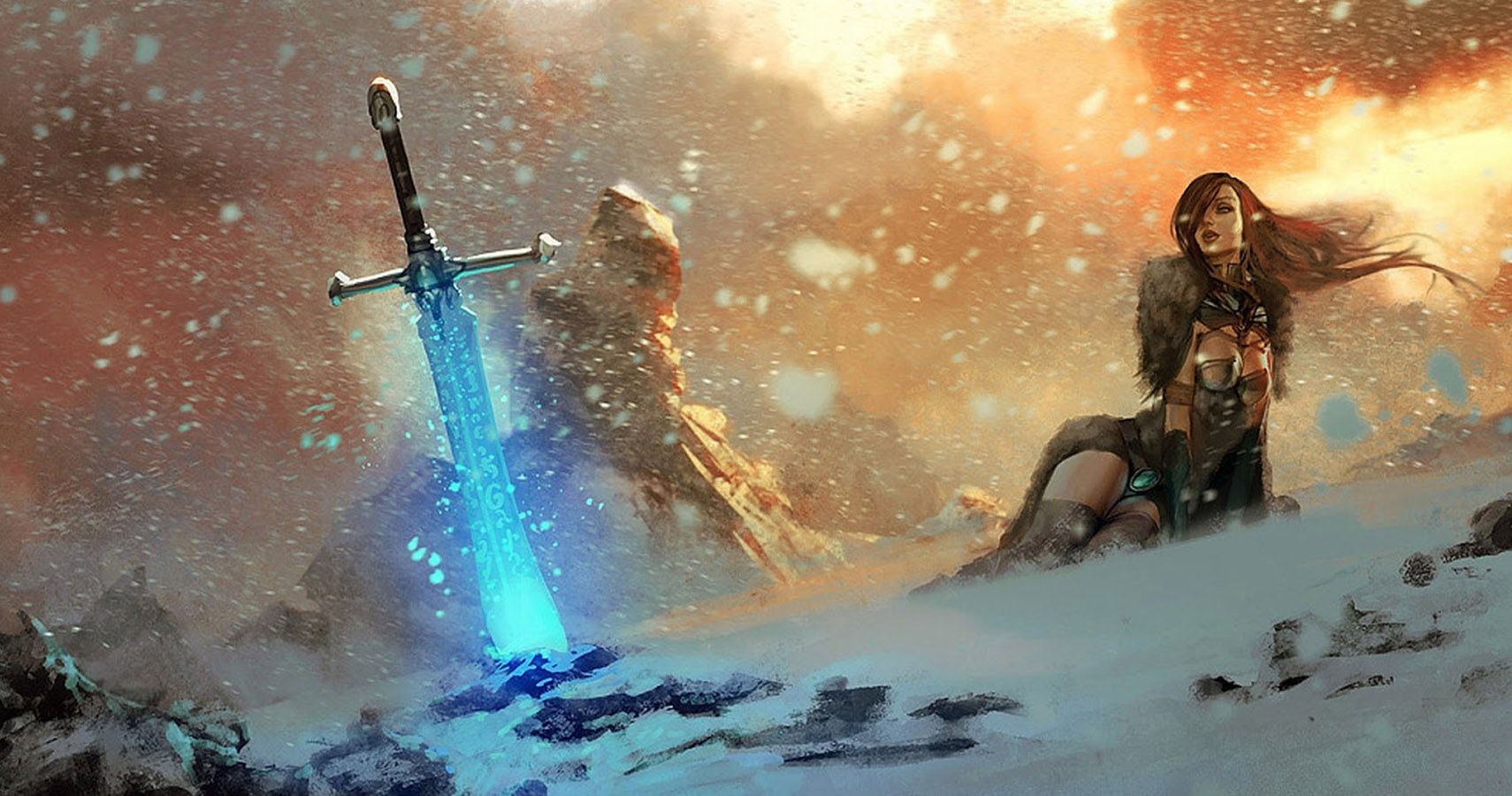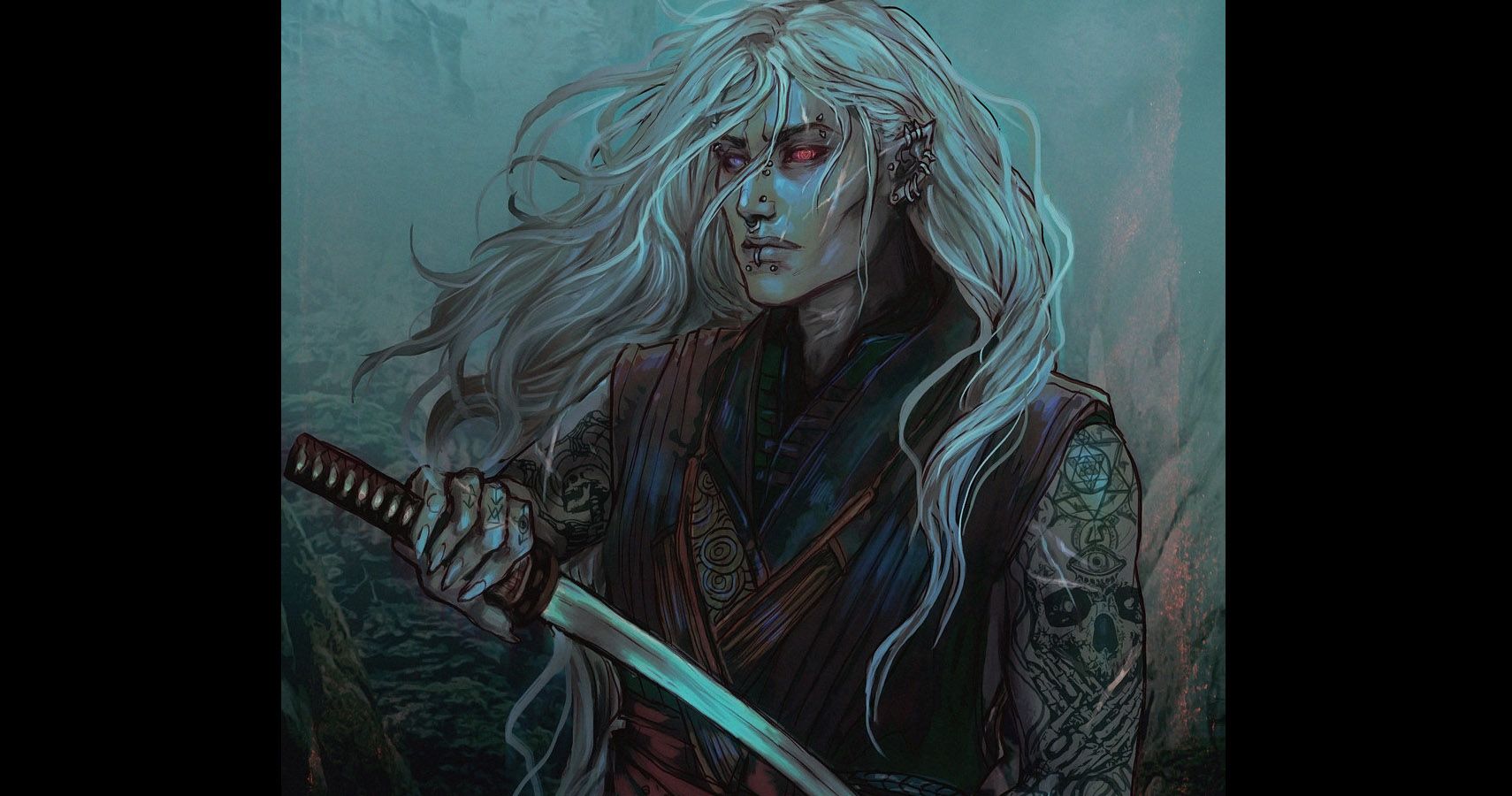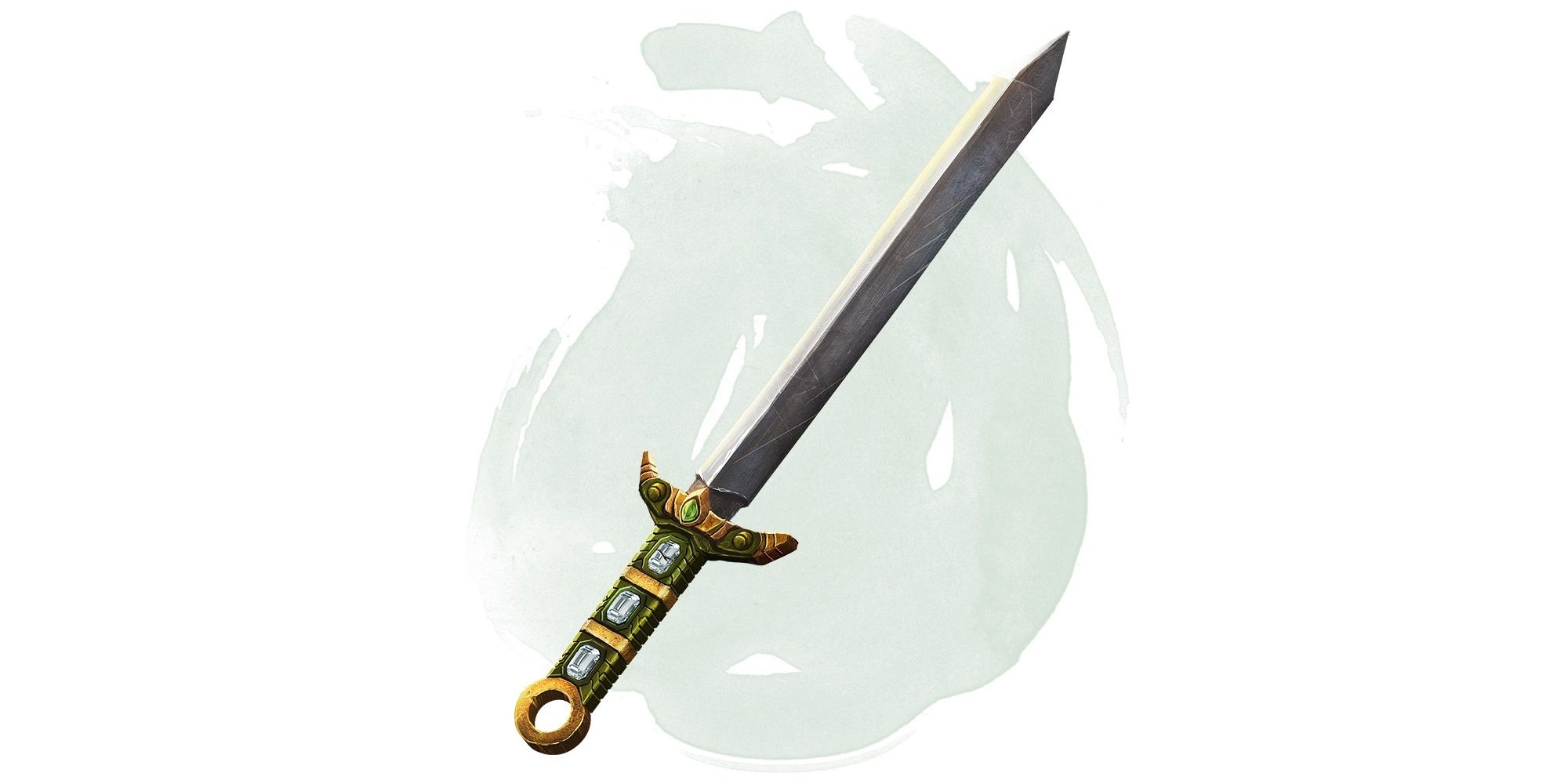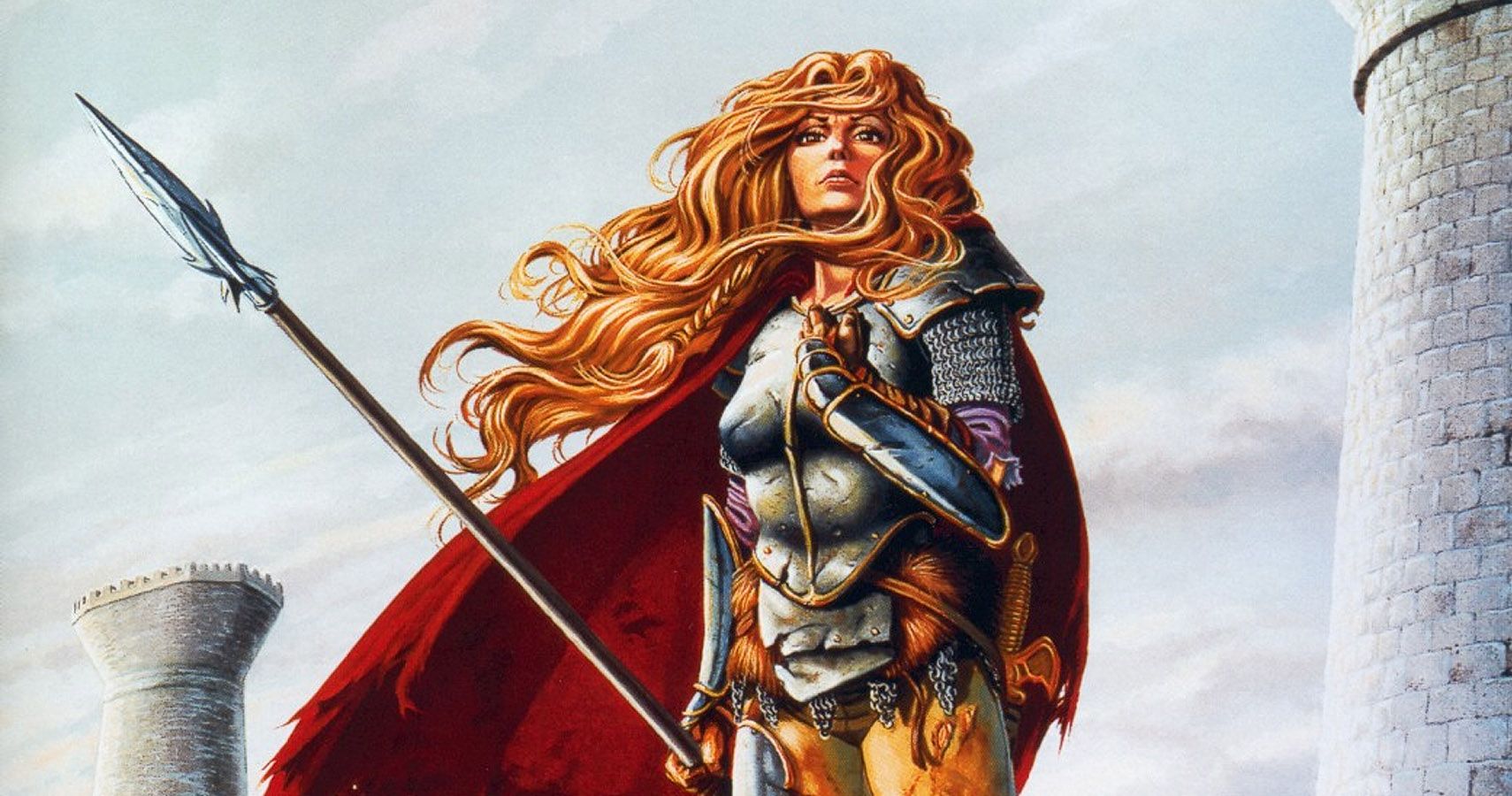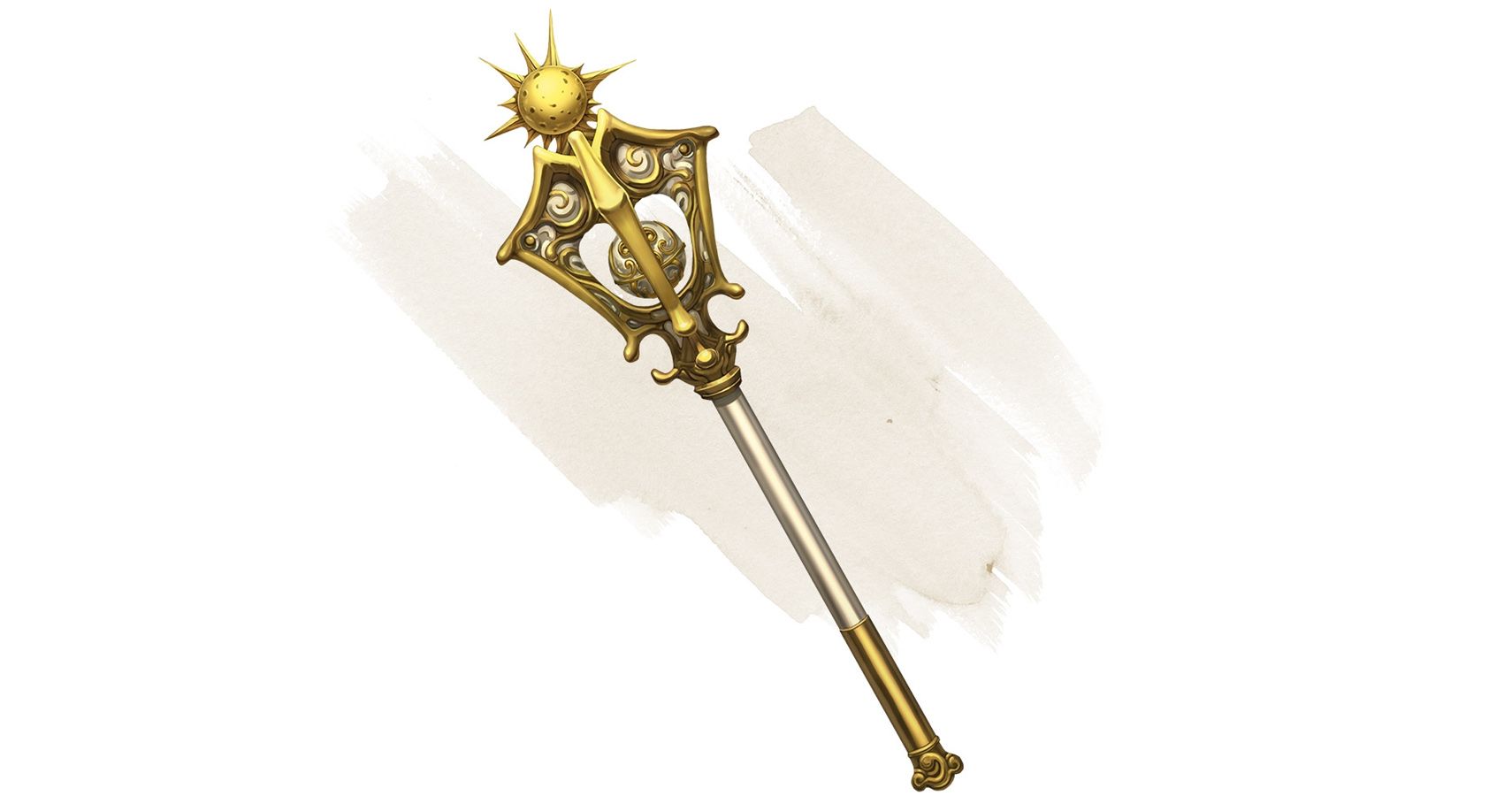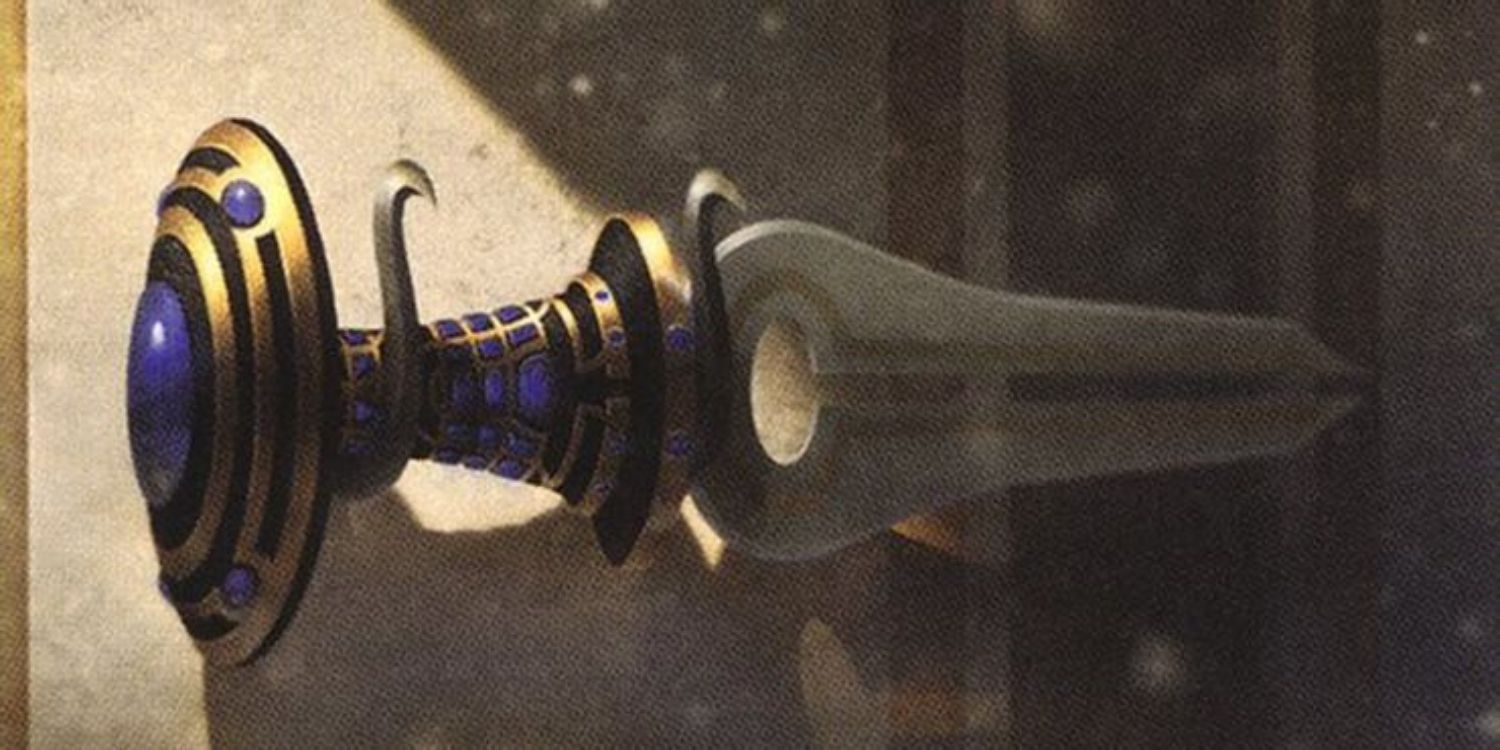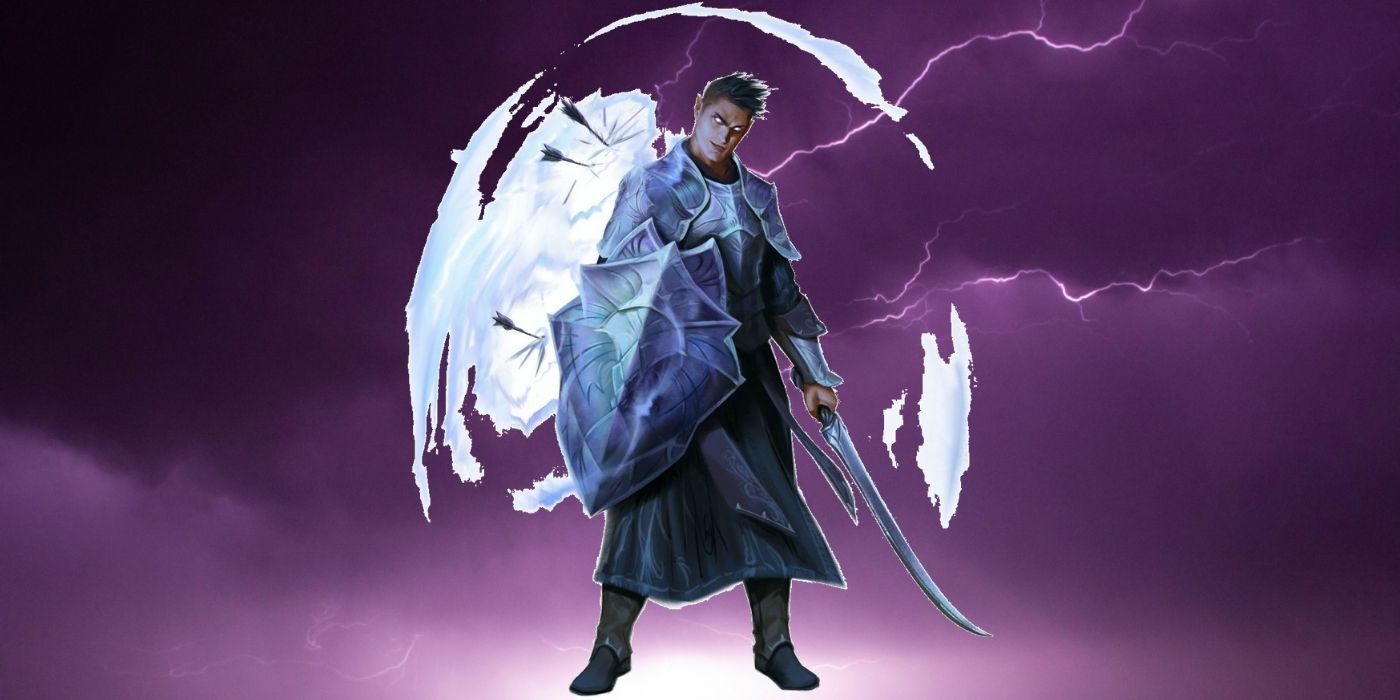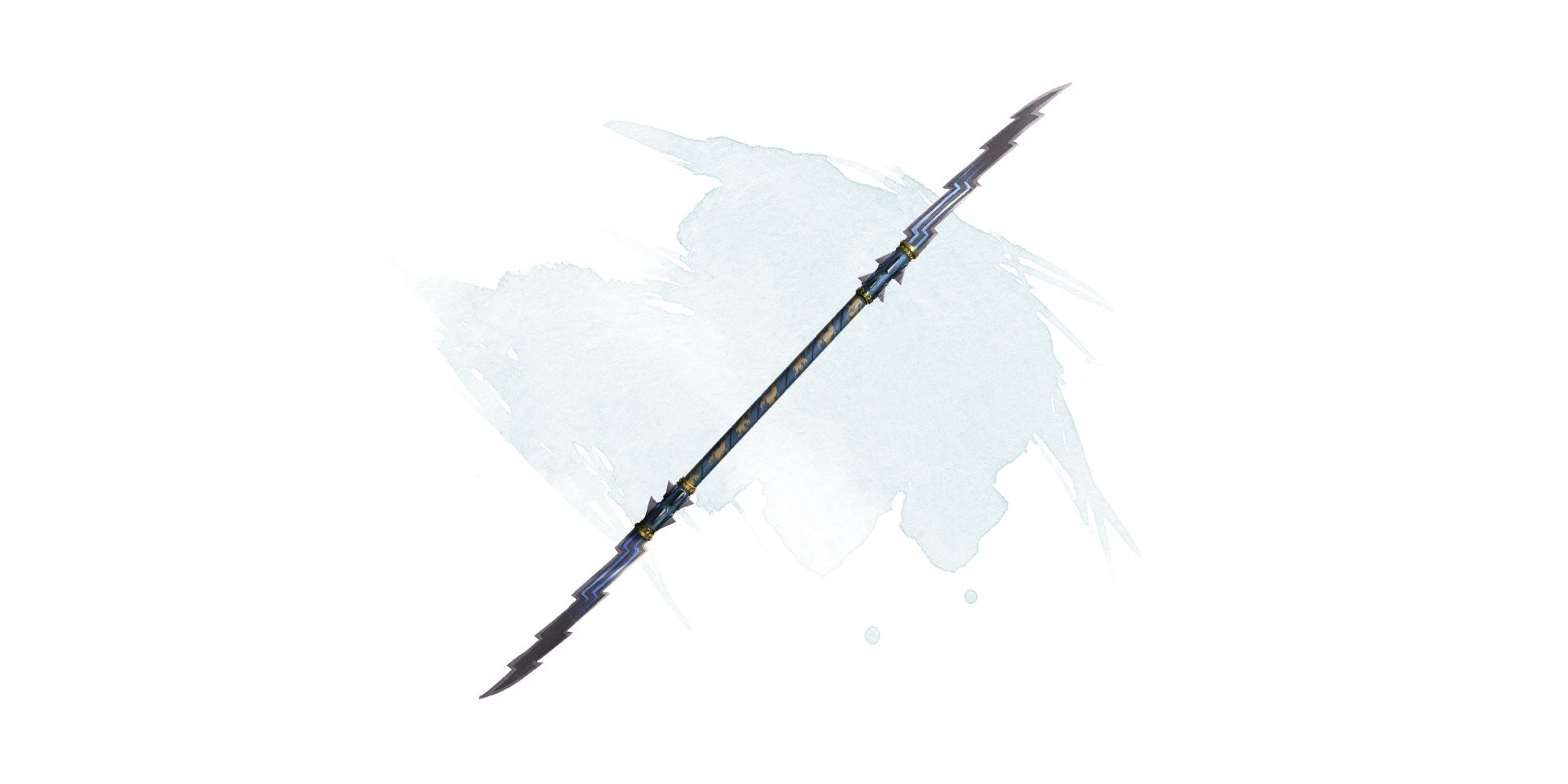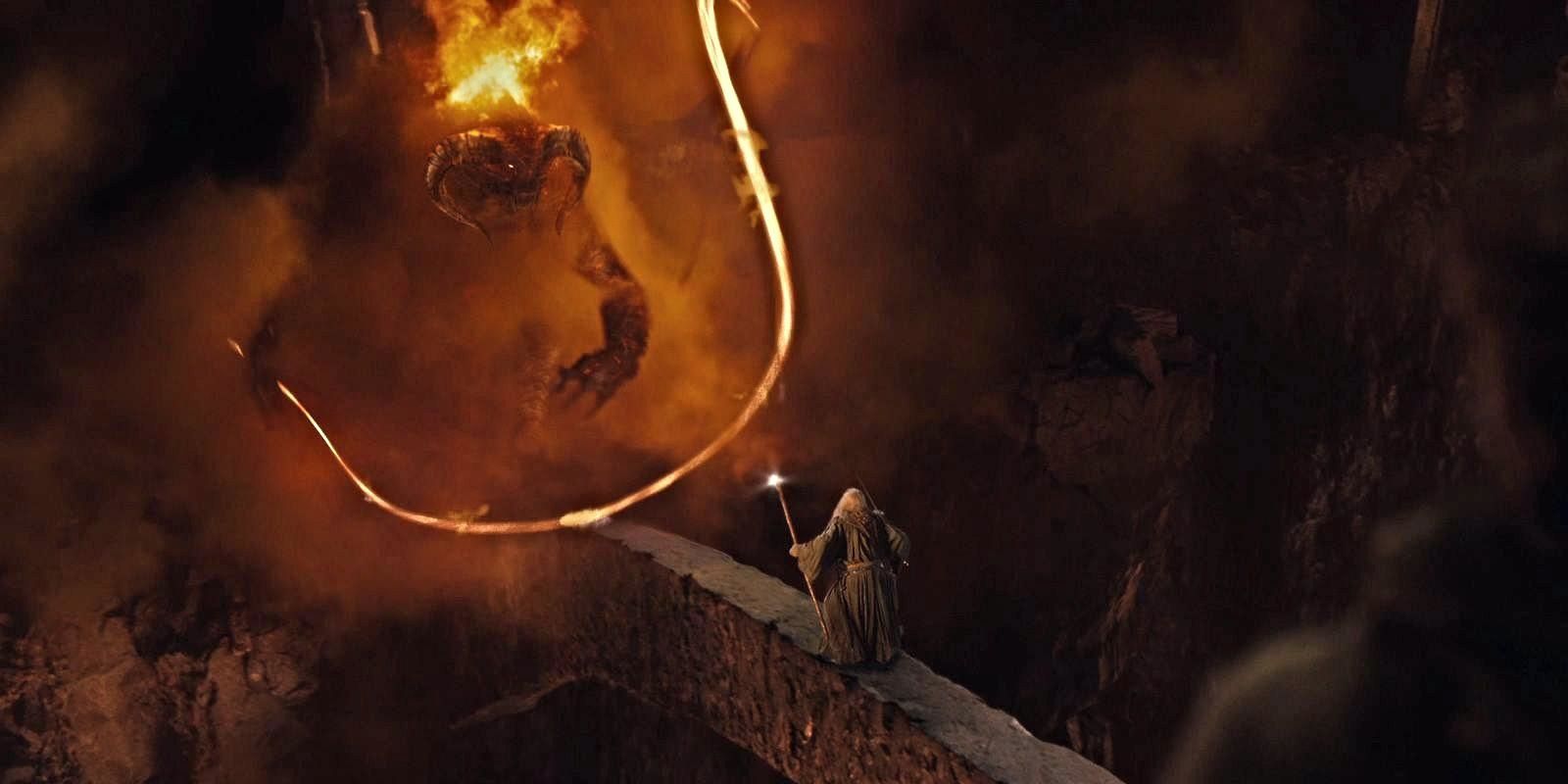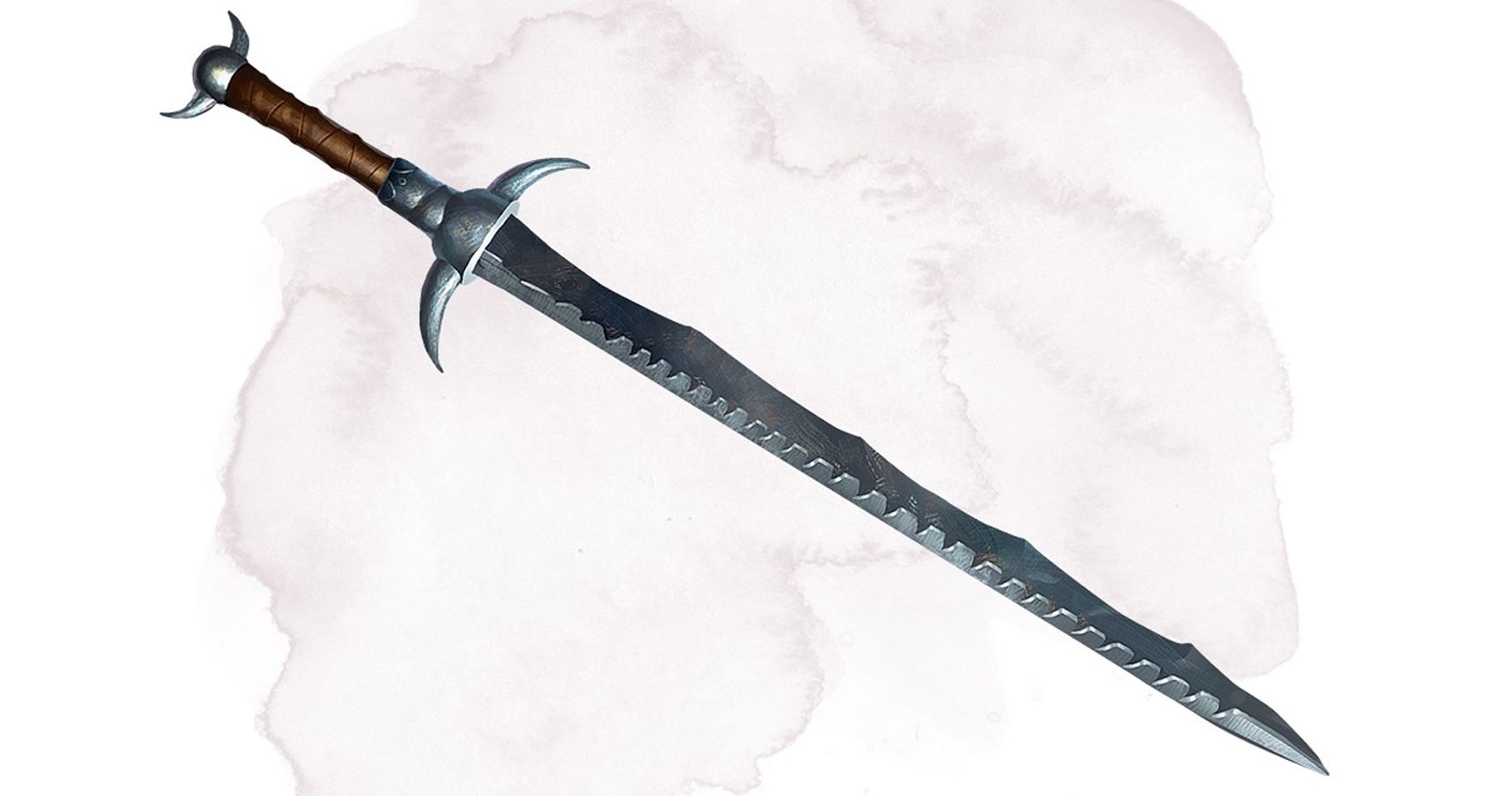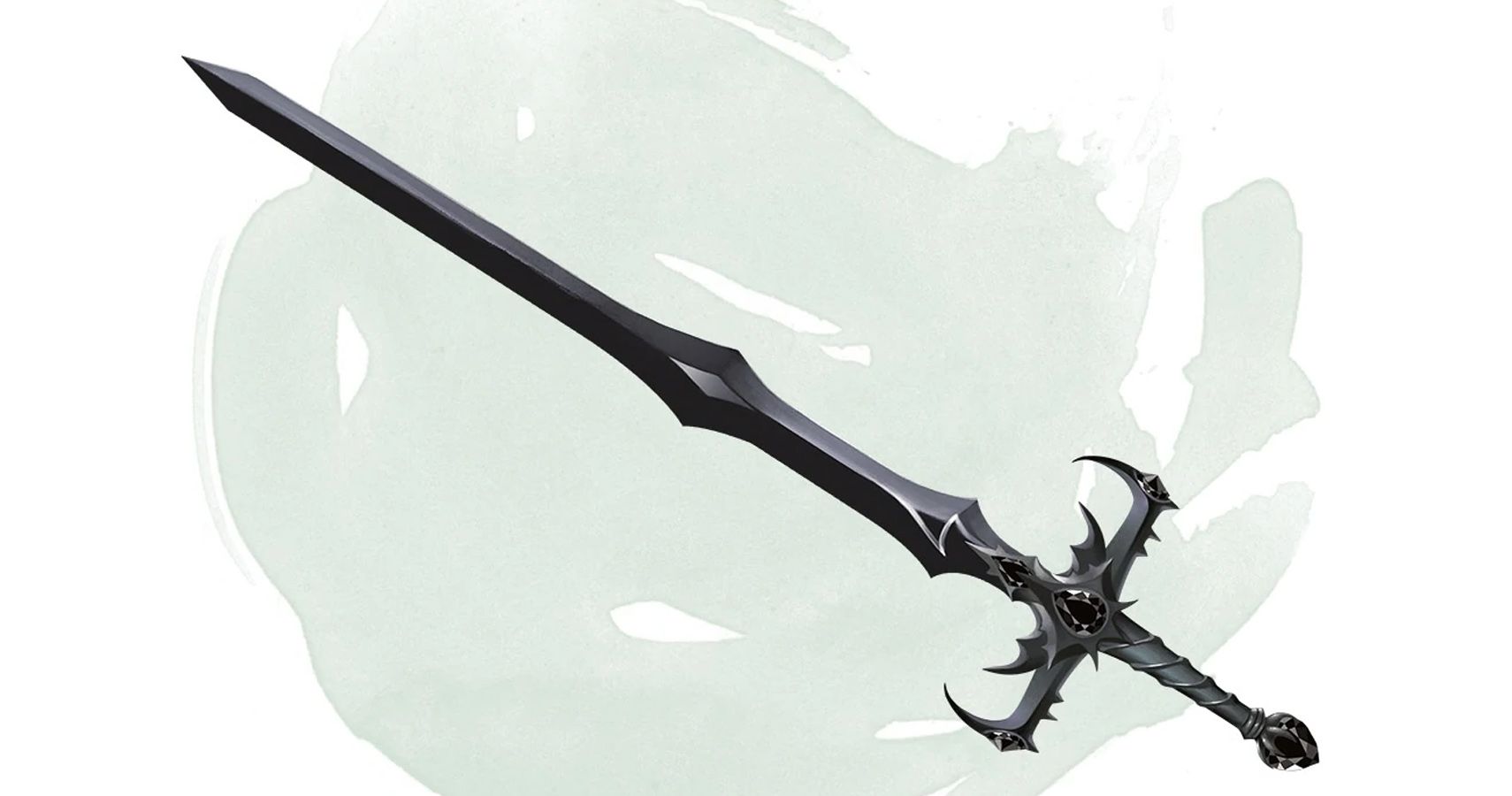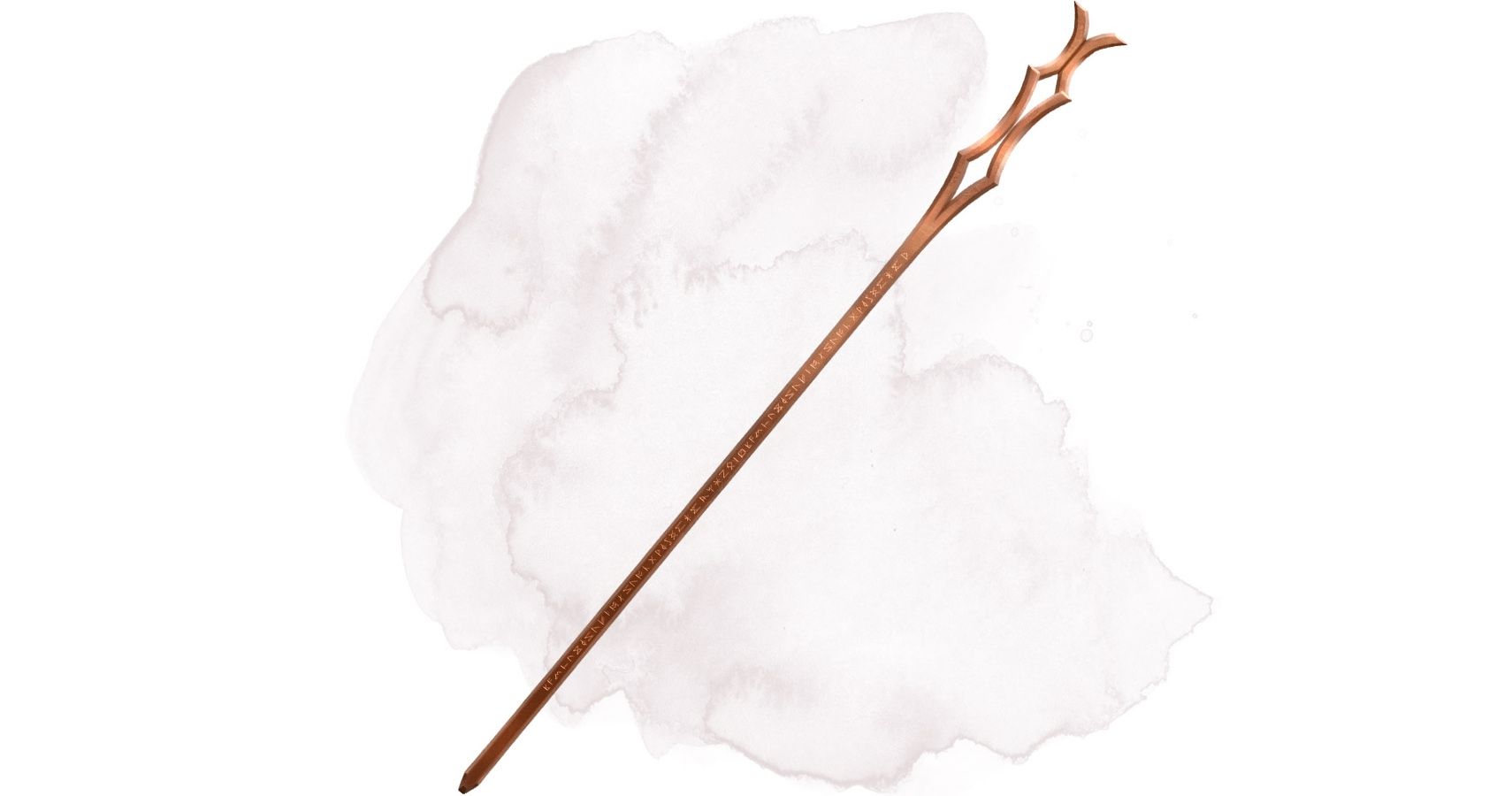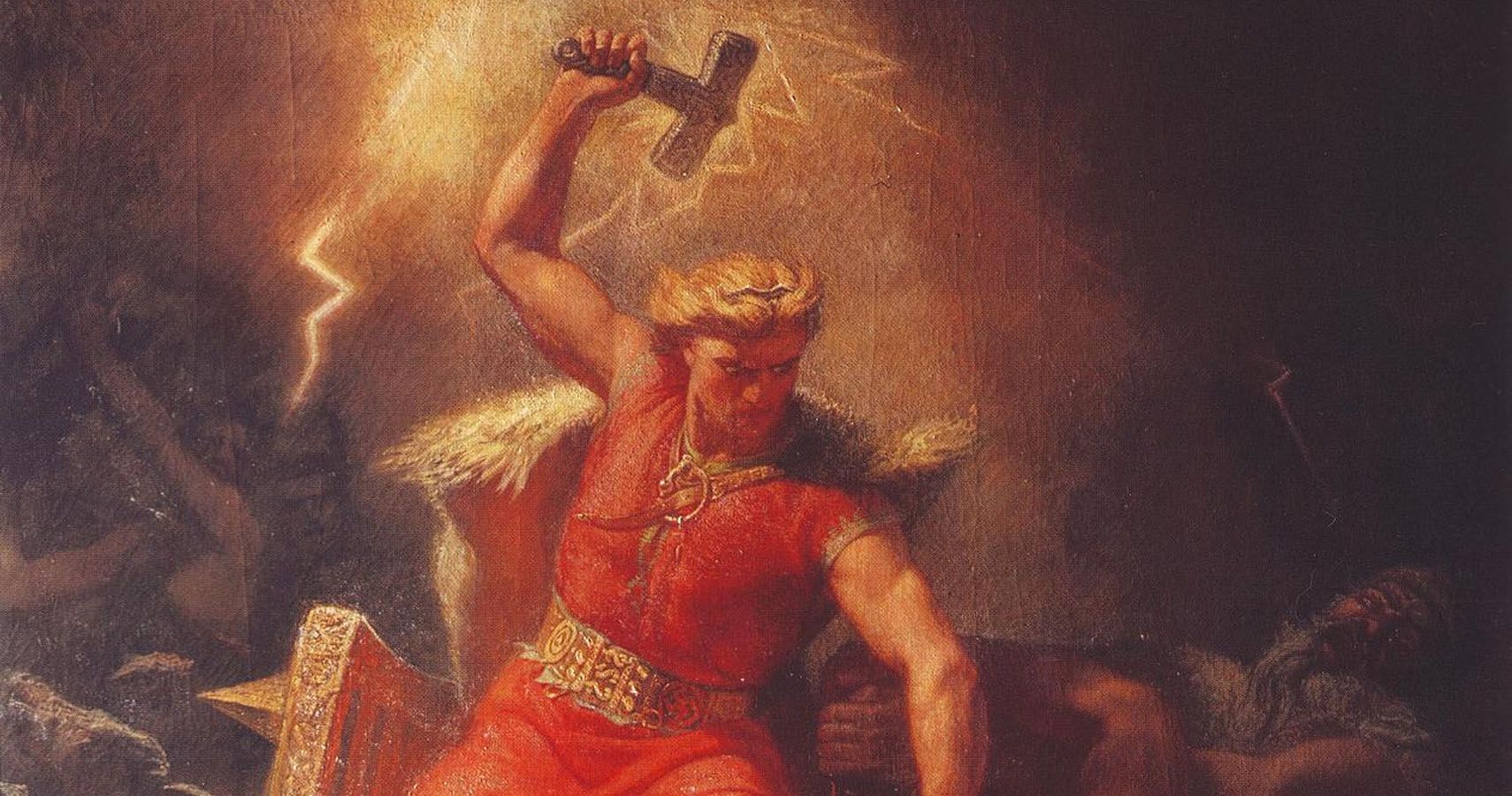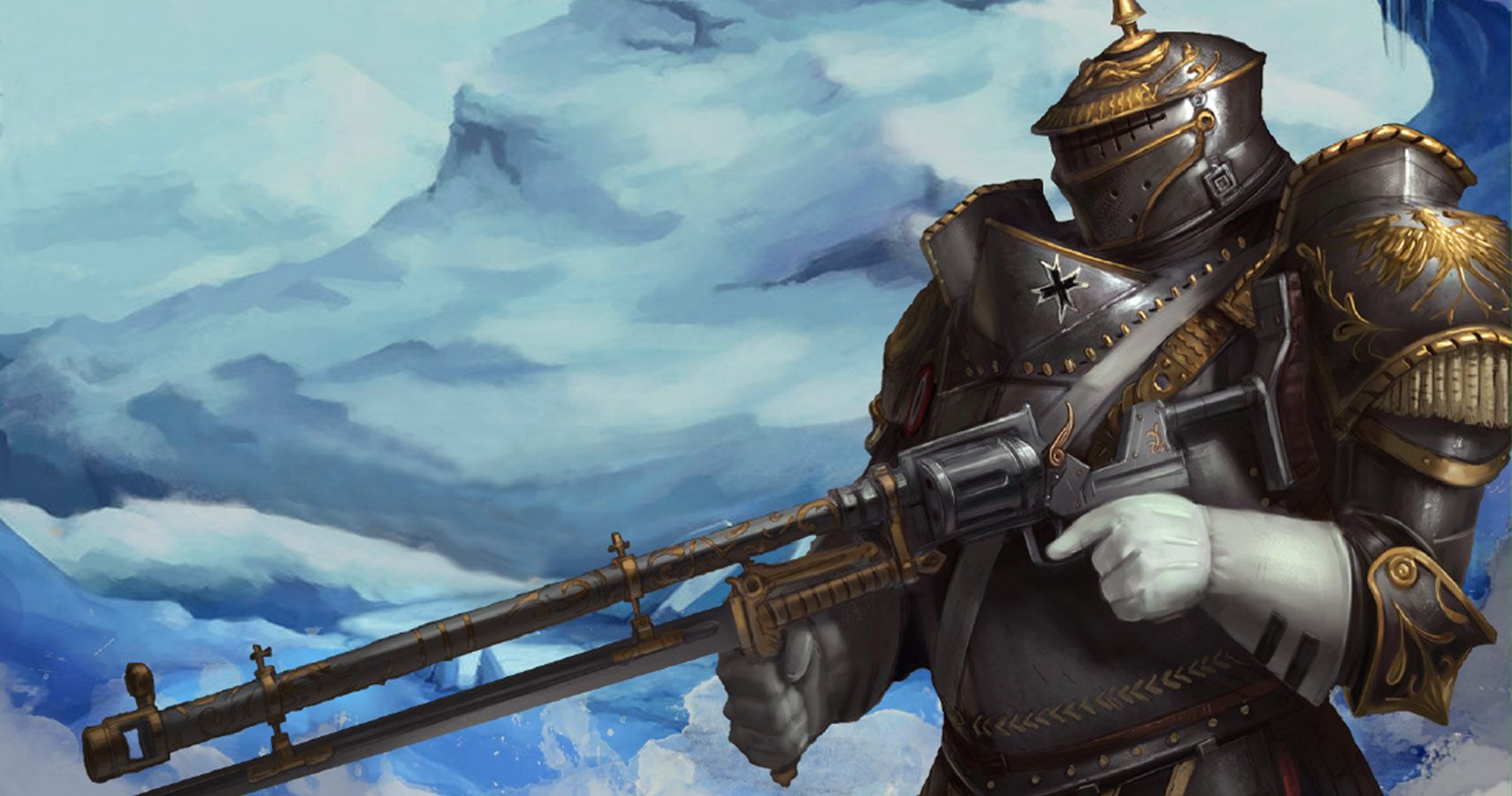There are many questions a DM or GM will ask themselves while behind that protective screen. Two common ones are, “How much is too much when giving out magic items or weapons?” and, “What was I thinking when I gave the fighter in the party a keen +5 life-stealing sword?”
When playing tabletop games like Dungeons & Dragons, it's actually a pretty common mistake for a DM to give the party a weapon they shouldn’t have, at least until they get much higher in level, where an overpowered weapon doesn’t have as much impact. Here are a few weapons that a DM should avoid giving to the party, at least until they get to the level where they actively seek conflict with supremely powerful entities like demigods or ancient dragons.
Updated December 26, 2021 by Richard Horton: Dungeons and Dragons is a game filled to bursting with magical artifacts and every sourcebook released by Wizards of the Coast seems to add more. And that's before we even talk about homebrew and unofficial content. The fifth edition has a particular focus on magic being a part of the world, which has helped bring even more powerful magical weapons into the game. So to keep you in the loop when it comes to these powerful items, we've updated this list to include some more of the most game-breakingly powerful weapons a party can be given in the current version of the game.
14 Phantom Katana
In every edition of Dungeons & Dragons, the katana is better than the standard long sword and the 5E katana is no exception. It does more damage, is a faster weapon, and is now considered a finesse weapon even though they are classified as heavy weapons capable of being used as two-handed swords.
So imagine one that is translucent and has a +4 bonus to attack rolls — there you have the Phantom Katana. The fun doesn't stop there, however. This blade has the abilities like Honed Edge, which means this katana can cut through any non-magical armor, and Phantom Strike allows the player to blink behind any character within 60ft. You can use that in conjunction with the Illusionary Double ability. Finally, Quick Slash gives you a bonus action on top of that attack bonus.
13 Luck Blade
The Luck Blade is a mightily powerful weapon that has the most impact outside of direct combat. It can take the form of any bladed weapon, but will always have three crystals in the hilt. At first glance, its +1 bonus to attack, damage, and saving throws is impressive while falling short of something you need to worry about as a DM. But look a little closer and you realize this weapon's potential for chaos.
This is because it offers the wielder three uses of the Wish spell, one per day until it runs out of charges. Wish is the most powerful spell in the entire game, accessible only by the characters of the highest level as it can be campaign-ending. So be wary before handing out this blade to lower levels as a fun version of a +1 longsword.
12 A True Dragonlance
These are devastating when used against dragons. A true Dragonlance deals damage equal to the wielder’s maximum hit points. This means a high-level fighter can kill even the toughest dragon with only a few hits. This weapon turns one of the most feared monsters in D&D into a quick victory.
Weapons like this were meant to be more of a plot device than a weapon the DM actually gives the party. Encountering a dragon should be something the party fears, not a source of easy experience and treasure.
11 A Weapon With The Disruption Property
These have been toned down a bit for 5th edition rules, but are still too powerful for low-to-mid level parties. A weapon, typically a mace, of disruption deals an extra 2d6 points of damage to undead creatures. However, it is the weapon’s secondary property that can make life hard for a DM.
If an undead creature has fewer than 25 hit points after being hit, they must make a DC15 Wisdom saving throw or be destroyed. Even if an undead creature passes its saving throw it becomes frightened of the wielder until the end of the next turn.
10 Bookmark
Bookmark might seem like an innocuous enough weapon to start with. It is, after all, only a dagger. They don't do much damage even when they have magical properties, and really need to be in the hands of a rogue using a sneak attack to deal any substantial damage. But it's not in combat where this weapon is dangerous, it's everywhere else.
That's because Bookmark can be used to cast Dimension Door once per day, with the charge refreshing each dawn. This fourth-level spell allows a player to teleport up to 500 feet in any direction they choose, meaning they can easily bypass any obstacles you might have set out for the party, making encounters and dungeons infinitely harder to plan.
9 Blackrazor
Blakrazor is the weapon of a special kind of Warlock known as the Lycan Hexblade, and it's one of a few unique weapons that they can wield thanks to a pact with a creature from the Shadowfell. Not only do you have a character with all of the spell bonuses of a Warlock with the power to shift into a wolf or wolf-humanoid hybrid, but give them Blackrazor and they have a whole list of other abilities as well.
Blackrazor is carefully hidden in White Plume Mountain, and it's tough to get because only experienced players should ever possess it. It's sentient, so it has its own stats and abilities, including telepathic speech with its owner, and it's always Chaotic Neutral. It can also Devour Souls, including yours if the moment is right and you're at 0 hit points.
8 Javelin of Lightning
The Javelin of Lightning is a weapon that is just as powerful as its name makes you think it will be, especially if you give it to players too early. With a thrown range of 120 feet, this javelin deals 4d6 lightning damage to every creature within 5 feet of it as it travels towards its target.
That might not sound like much, but in the right situation, this is a weapon that can seriously weaken entire hordes of enemies. This is especially true if you're throwing a lot of weak enemies into the fray instead of just a few heavy-hitters.
7 Helltongue, Eater of Souls
An artifact weapon possessed by the half-dragon Balor that dwells in the Bastion of Unborn Souls module, Helltongue is an echo from the time that D&D was heavily based on Lord of the Rings. Originally, this enemy was called a Balrog, but a lawsuit from the Tolkien estate prompted a change.
If your party ever faces this creature, prepared to deal with a three-tongued whip that has the power to drain levels and transfer hit points to the wielder. The Balor is a creature with a CR of 21, so if a party can defeat this thing, maybe they deserve it.
6 A Sword Of Sharpness
The primary ability of these types of weapons is the ability to sever a limb on a natural 20. In 5th edition the Sword of Sharpness now needs two natural 20s to sever a limb; the first 20 merely deals an extra 4d6 points of damage. This makes them less likely to become game-breaking weapons.
However, the Sword of Sharpness’ secondary ability to deliver maximum damage to objects is a lot more powerful than it first seems. Suddenly sundering a shield should take no more than a turn. Locked doors, even fortified doors, can now be cut down by the party with a few swings. Talk about overpowered.
5 Defender Longsword
The Defender Longsword is a longsword that grants players a +3 bonus to their attack and damage rolls, and if you've been playing Dungeons and Dragons for a while, you'll know just how powerful that can be. But a +3 longsword isn't exactly game-breaking, just powerful. The real trouble comes from the defense boost it can give.
The Defender Longsword offers players the chance to just assign some or all of that +3 bonus to their AC instead of their attacks each turn, meaning a heavily armored member of your party could easily end up with a massive +3 to their AC stat, making them almost impossible to hit with anything but spells.
4 Any Weapon Capable Of Instant Kills
There are many weapons in D&D that can kill with one blow, and none of them should be given to a party lightly. There are, of course, many spells that also instantly kill, but those at least have level requirements for the caster. Some examples of this type of weapon are a nine-lives stealer, a weapon that disintegrates on a critical hit, or a weapon that magically creates or injects a lethal poison.
If a DM wishes to give the party a weapon like this, there should be a limitation of some sort. Possible limitations could be that it only works on NPCs or creatures below 10th level, or when it instantly kills it permanently drains 1d6 hit points from the wielder.
3 Staff Of The Magi
It's not often spellcasters get weapons, but when they do they are often immensely powerful and the Staff of the Magi is certainly no exception. With up to 50 charges per day to spend, this staff can cast many powerful spells at high levels without expending the user's own spell slots for the day.
On top of that, it can also be used to absorb spells that target the wielder, not only nullifying their effects but also converting them into charges the staff can use to cast spells in retaliation. But this is balanced by the fact it will explode violently if overcharged, so your player won't quite be unstoppable, just nearly unstoppable.
2 Any God or Greater Fiend’s Weapon
It might seem like fun to give the party Odin’s Spear or the Wand of Orcus, and it will be for the party — but not so much for the DM. It’s amusing to read through the descriptions of the various gods and wonder what it would be like if the party’s fighter could get hold of Mjolnir. This should never actually happen, though.
These weapons are intended to be vastly overpowered, which means they were never meant to be given to players in the first place. The good thing is that if a DM makes this mistake most gods can simply will their items to them.
1 Modern Firearms
Modern firearms should never be introduced into a D&D setting. There are modules and classes that feature more complex weapons than the flint and tinder of historic medieval times, but the DM also has to exercise caution in these cases.
The main problem is that the rules in D&D are not set up to deal with modern firearms. Does a wooden shield stop a bullet? Does immunity to piercing damage stop all damage from a bullet, or is there bludgeoning damage to a bullet’s impact? Dungeons & Dragons is focused on swords and sorcery, not conventional explosives and gunfights.

